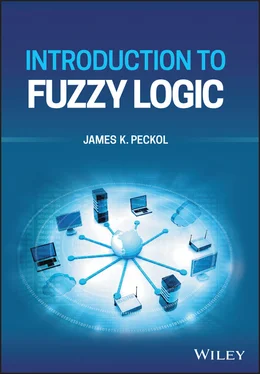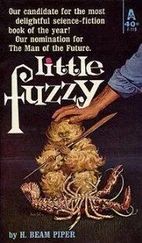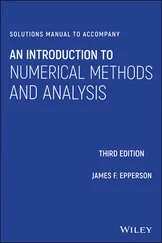It is clear that human understanding of human knowledge is in its infancy. Sundry schemes have been suggested and tried while attempting to explain and to emulate or simulate the human thought and reasoning processes we so casually take for granted. None has demonstrated, nor even proposed, a universal answer; they merely chip at small corners and suggest that the elephant is a thin line like a rope, round like a cylinder, or flat like a wall.
We began this chapter with a look at some of the early works in learning and reasoning. We have seen that vagueness and imprecision are common in everyday life. Very often, the kind of information we encounter may be placed into two major categories: statistical and nonstatistical. The former we model using probabilistic methods, and the latter we model using fuzzy methods.
We introduced and examined the concepts of monotonic, non‐monotonic, and approximate reasoning and several models of human reasoning and learning.
We examined the concepts of crisp and fuzzy subsets and crisp and fuzzy subset membership. We learned that the possible degree of membership μ x F () (membership of the variable x in the set F ) of a variable x in a fuzzy subset spans the range [0.0–1.0] and that when we restrict the membership function so as to admit only two values, 0 and 1, fuzzy subsets reduce to classical sets. We also introduced the membership graph as a tool for expressing membership functions.
1 1.1 In the chapter opening, we introduced the term learning. Describe what it means.
2 1.2 Identify the three laws of thought and briefly describe each of them.
3 1.3 The chapter identified what is termed Feigenbaum's five‐phase learning process. Identify and describe each of those phases.
4 1.4 Based on Feigenbaum's learning process, identify and describe each member of the corresponding six‐level taxonomy.
5 1.5 In the context of this chapter, discuss what the term fuzzy means.
6 1.6 Identify and describe the difference between a classical set and a fuzzy set.
7 1.7 What is a fuzzy membership function? What information does such a function give you?
8 1.8 Formulate and graph a membership function for the concept very tall.
9 1.9 Formulate and graph membership functions for Example s 1.2and 1.3.
10 1.10 What kind of information are we expressing with a crisp membership graph? What kind of information does such a graph give you?
11 1.11 What kind of information are we expressing with a fuzzy membership graph? What kind of information does such a graph give you?
12 1.12 Why do you think that membership graphs have different shapes?
13 1.13 Identify and describe how crisp and fuzzy membership graphs differ.
14 1.14 The chapter identified two kinds of imprecision. What are they and describe each and the differences.
15 1.15 To effectively design modern real‐world systems, the chapters identified several important things. Identify and describe them.
16 1.16 Draw and annotate a membership graph for members of the crisp set old people.
17 1.17 Draw and annotate a membership graph for members of the fuzzy set old people.
Конец ознакомительного фрагмента.
Текст предоставлен ООО «ЛитРес».
Прочитайте эту книгу целиком, купив полную легальную версию на ЛитРес.
Безопасно оплатить книгу можно банковской картой Visa, MasterCard, Maestro, со счета мобильного телефона, с платежного терминала, в салоне МТС или Связной, через PayPal, WebMoney, Яндекс.Деньги, QIWI Кошелек, бонусными картами или другим удобным Вам способом.












